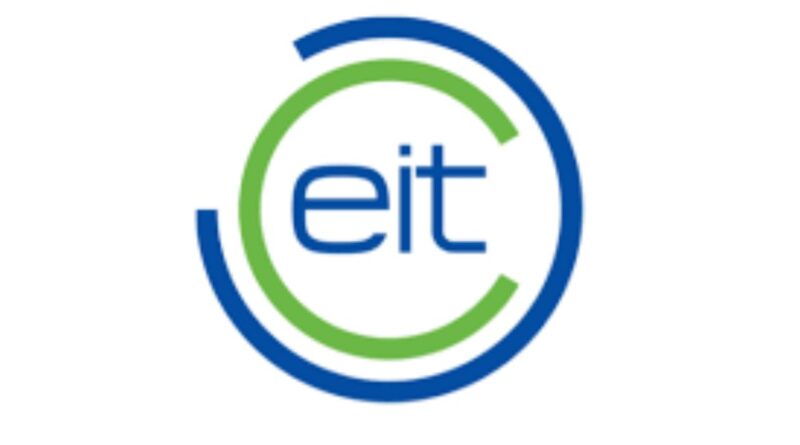Why Doesn’t Jira Have EIC Name Anymore?
Jira has long been a powerful tool for software development, project tracking, and IT service management. However, as the platform evolves, users have noticed changes in features, naming conventions, and workflows. One such change prompting confusion is the disappearance or renaming of the “EIC” name in Jira.In this article, we’ll explain why Doesn’t Jira Have EIC Name, the EIC name referred to, why it is no longer available, and how teams can adapt to the change.
What Was the “EIC” Name in Jira?
EIC typically stood for Escalation Incident Commander—a role used in incident response, particularly in DevOps or IT service teams. While this title was never a default or native Jira role, many organizations created a custom field or label to designate the person in charge of major incidents.
In systems like Jira Service Management (JSM), custom fields such as “EIC” were often used to identify who was managing an incident response, especially during critical outages or escalations.
Why Doesn’t Jira Show EIC Anymore?
1. EIC Was a Custom Implementation
The EIC name or role was not a built-in Jira feature provided by Atlassian. A custom field
-
A user role in workflow schemes
-
A label or tag
If your Jira instance was updated, migrated, or reconfigured, the custom EIC field may have been removed, renamed, or lost in the transition.
2. Jira Has Moved Toward Standardized Terminology
Atlassian has been simplifying and standardizing naming conventions across products like:
-
Jira Software
-
Jira Work Management
-
Jira Service Management
Custom names like “EIC” may have been replaced with more universal roles such as “Incident Manager,” “Responder,” or “Owner” to align with global ITSM standards.
3. Updates to Jira Service Management (JSM) and Opsgenie
Jira Service Management now includes advanced incident management features integrated with Atlassian Opsgenie. These updates allow you to:
-
Assign incident commanders via on-call schedules
-
Automate escalation paths
-
Track incident responders in real-time
In this modern setup, the term “EIC” has become obsolete, replaced by role-based assignments, which are more dynamic and easier to manage across teams.
How to Bring Back or Replace the EIC Role in Jira
If your team still needs a way to designate an escalation lead or incident commander, you can take the following steps:
Create a New Custom Field
Reintroduce a field named “Incident Commander” or “Escalation Lead”:
-
Go to Jira Settings > Issues > Custom Fields
-
Create a new field for relevant projects
-
Add it to screens for incident or escalation issues
Use Opsgenie for Role Assignment
If you’re using Opsgenie:
-
Assign on-call responders or commanders directly
-
Sync roles back to Jira via integration
-
Automatically update Jira tickets with the right assignees
Implement Automation Rules
Use Jira automation to:
-
Assign the right person based on issue priority
-
Add labels like “EIC” when certain conditions are met
-
Notify teams when the escalation field is filled or updated
Final Thoughts
So, why doesn’t Jira have the EIC name anymore? The answer lies in Jira’s evolving structure and the shift away from custom, team-specific fields toward standardized, scalable solutions. The term “EIC” was never a default feature—it was likely a custom role or field added by your team.
